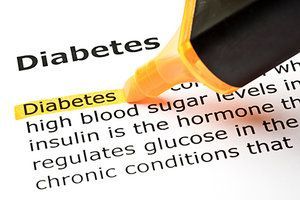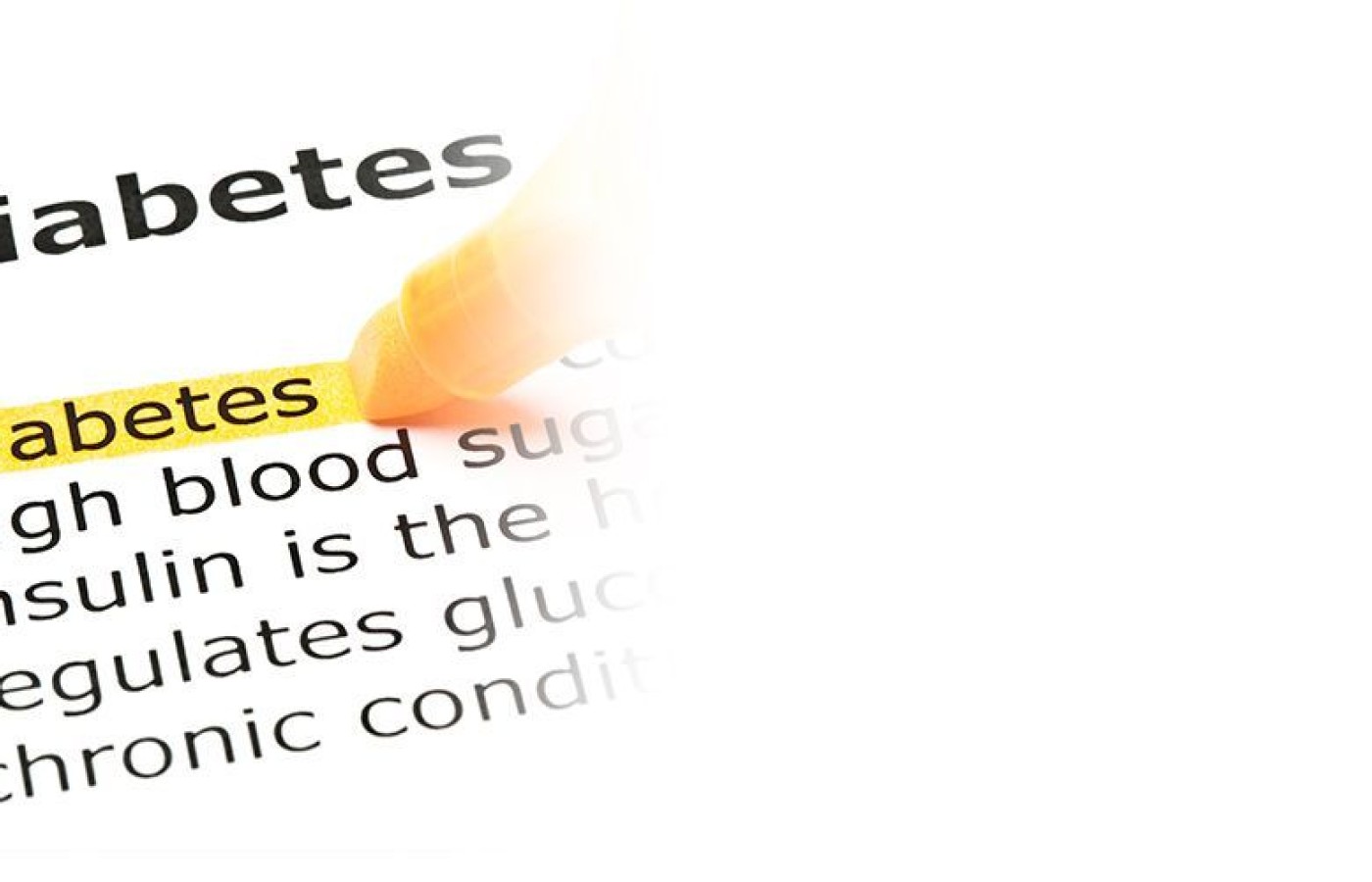Whether you accept it, avoid it or live somewhere in between, insurance coverage has become a defining issue for our profession. Patients increasingly expect to use their benefits, practitioners want to be compensated fairly for their time and expertise, and the system itself remains – at best – fragmented. The encouraging news is that coverage has expanded in meaningful ways. The challenging news is that reimbursement, across the board, remains inadequate.
Acupuncture for Prediabetes Control
"Should Acupuncture-Related Therapies Be Considered in Prediabetes Control?" That's the title of a new meta-analysis of 31 randomized, controlled trials involving 3,000-plus patients; results of the analysis, published in the July/August issue of Holistic Nursing Practice, offers evidence that acupuncturists can help mitigate the evolving epidemic of type 2 diabetes.
All participants had been diagnosed with prediabetes: impaired fasting glucose, impaired glucose tolerance or both. Acupuncture therapy included acupuncture, auricular acupuncture, acupoint catgut embedding, acupressure, moxibustion, acupoint application, or combined therapies (acupuncture plus other acupuncture therapy).
Note: The review authors did not include several studies involving combination acupuncture / herbal medicine interventions because "the drug effect of Chinese herbs could have [had] a large impact on the results."

Control groups received usual care (exercise, diet, and lifestyle modifications) and/or conventional medical care (antidiabetic drugs) or sham acupuncture, depending on the study. All studies compared glucose blood levels at baseline and following intervention: fasting plasma glucose (FPG), two-hour plasma glucose (2hPG), hemoglobin A1c (HbA1c), etc.
Acupuncture therapy type, frequency, duration and acupoint locations varied by study; the most common points used were St 36, BL 20, BL 23, SP 6 and BL 21 (not necessarily in combination). St 25, BL 18 and EX-B3 were used together in a fourth of the studies.
"[Acupuncture therapy] improved the glycemic control of prediabetes in comparison with participants undergoing usual care and/or conventional medicine or sham intervention. ... significantly [reducing] not only the levels of FPG, 2hPG, and HbA1c, but also the incidence of prediabetes." The acupuncture and ACE subgroups were particularly impressive, as was acupuncture therapy alone or plus usual care vs. usual care alone.



